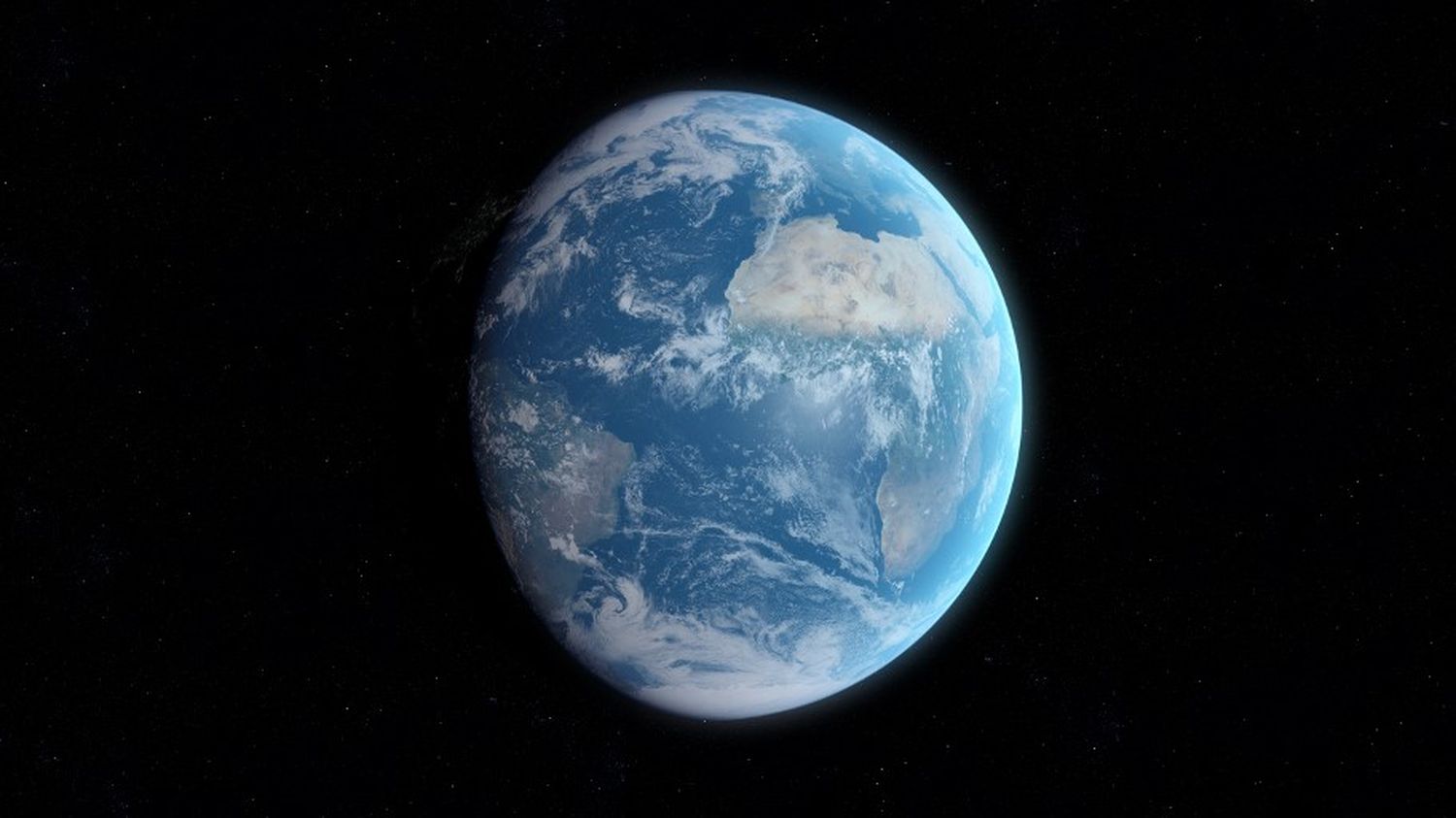A study conducted by the University of Seoul reveals that the pumping of water has moved the axis on which the Earth rotates by 80 centimeters in nearly 20 years.
The Earth has been known to rotate since the 5th century BC, and the discoveries of the Greek astronomer Philolaos of Crotona. But this axis of rotation which connects the North Pole to the South Pole is not immutable: according to a study carried out by researchers from the University of Seoul (South Korea) and published Thursday, June 15 in the journal Geophysical Research Letters (PDF document)human activities can cause it to move.
According to this work, man has shifted the axis of rotation of our planet by nearly a meter in nearly 20 years. And this variation even has other unintended consequences for our environment. Explanations.
Groundwater abstraction accelerates drift
The fact that the position of the Earth’s axis of rotation is changing is not a discovery. In 2018, NASA scientists had identified the mechanisms responsible for this drift. “The traditional explanation is that a process, glacial rebound, is responsible for this movement of the Earth’s axis of rotation”then explained Surendra Adhikari, one of the authors of this study.
The melting of the ice caps, accelerated by human activities, in fact leads to an uplift of the Arctic and Antarctic lands which modifies the arrangement of the poles and affects the position of this axis. In 2021, already in the review Geophysical Research Letters, scientists had thus proven that the melting of glaciers due to global warming had moved the two poles by 4 meters since 1980.
This time, Seoul University researchers say human activity plays an even more direct role in how the Earth spins. Their work not only points to the role of the acceleration of the melting of the polar ice caps and mountain glaciers in this drift, but adds a new factor: the pumping of groundwater. “The axis of rotation of the Earth oscillates naturally, but man can influence it, and for a while, we see that it moves more quickly. The planet is rockingcomments to Release Kristel Chanard, from the Institute of Earth Physics in Paris.
The “second factor” of variation of the axis of rotation
Based on the figure of 2,150 gigatonnes of water extracted from underground reservoirs between 1993 and 2010, from a 2010 study, the researchers calculated that our planet’s pole of rotation had shifted nearly 80 centimeters towards the east over this same period. That is about 4 centimeters of shift per year, against nearly 7 centimeters caused by the melting of Greenland, for example. “We suspected it, but we did not know how significant it was. There, we realize that it is the second factor of rapid drift of the axis of rotation of the Earth”explains Kristel Chanard in Release.
“Like adding a tiny bit of weight to a spinning top, the Earth spins a little differently when water is moved”, illustrate the authors of the study. These thousands of gigatonnes of water are indeed taken from groundwater to irrigate agricultural land, water livestock, supply industry or even provide drinking water to humanity.
This pumping reaches worrying levels in certain regions in particular. “Northwestern India and western North America show significant decreases in groundwater storage”, note the authors of the study. However, if this water is returned to the Earth, it is not necessarily in the same form, nor in the same place.
Pumping contributes to rising water
“I am very happy to have identified the unexplained cause of the rotational pole drift”, commented Ki-Weon Seo, a geophysicist at Seoul University, who led the study. “On the other hand, as an Earth dweller and a father, I am concerned and surprised to see that groundwater pumping is another source of sea level rise,” he added.
Because in addition to the drift of the axis of rotation, the withdrawal from the water tables accelerates the rise in water. Thus, in nearly 20 years, this overexploitation has contributed to a rise in sea level of 6.24 millimeters, compared to nearly 11 mm for mountain glaciers, about 7 mm for the Greenland ice cap and 2 to 8 mm for that of Antarctica.
The authors of the study assure that the “efforts made to slow groundwater depletion rates (…) could theoretically alter the course of drift, but only if these [mesures] are maintained for decades. “VShe phenomenon may not evolve in the right direction in the future, it must be monitored and better understoodwarns Kristel Chanard in Release. The pumping in the aquifers is more intense because of the droughts, the impact is more and more marked with climate change. This helps to speed up the water cycle.” Too rapid and excessive withdrawal of groundwater could also prevent them from refilling.
